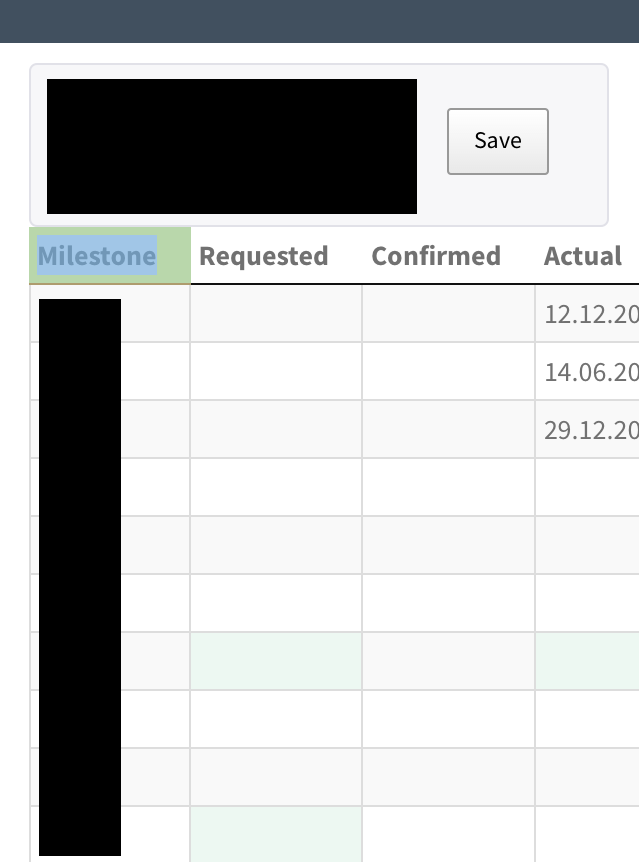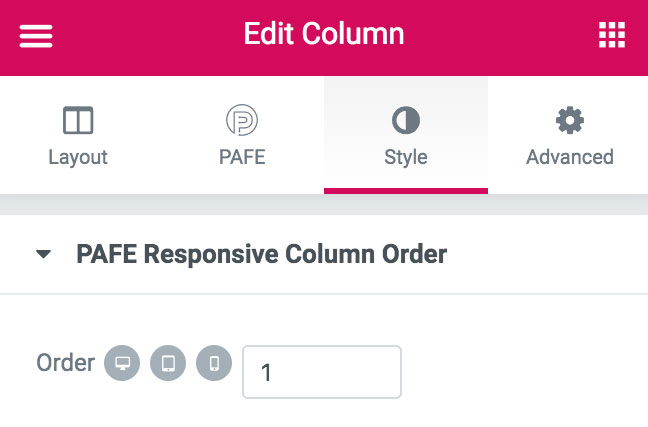

#Responsive columns how to
Full details here: How to use semantic HTML tags with responsive columns. If we look at the Container or Column Element in the back-end interface of Avada Builder, we can see three Responsive icons at the top of the Element. responsive-design multiple-columns Share. You dont need to know any complicated CSS. The Responsive Columns system is compatible with semantic tags. The Responsive Columns layout system uses tiny custom HTML tags that make coding responsive layouts a breeze. The columns stack on mobile, are two wide on tablet, and four wide on larger devices. This four-column layout uses semantic HTML5 tags. red 4 Column Layout With Semantic HTML5 Tags Learn more about gutter mode and join mode in the documentation. We add the 'join' attribute to remove all gutters, join the columns together, and add padding.
#Responsive columns code
I use this trick to code the WordPress themes at Themify. I will tell you all about Grid tiers, media queries and. Today I’m going to share a very simple CSS trick to create a responsive column layout using nth-of-type pseudo class. The Rows & Columns of the Bootstrap Grid are the star of the show when it comes to Responsive Design. In this four-column layout, the columns stay side-by-side even on small mobile screens. Typically, to create a column layout, you would need to add the first or last classes to reset the margin space and clear the float. 4 Fixed Columns With Equal-Width & Equal-Height In spite of those issues, the flexibility inherent to this method and how it allows for layout switching, which you can see covered in Layout Manipulation, is the best reason to use it.Free Complete Responsive Personal Portfolio Website using HTML CSS & JavaScript. Making the columns a little narrower than total width of the space they live in is sometimes a suitable work-around, but it’s not 100% fool-proof. It’s all dependent on how an email client renders tables or calculates widths. You can have as many columns in a set as you want. to target media queries like responsive breakpoints, dark mode, prefers-reduced-motion, and more.
'r-c' Responsive Columns TheYou’re likely to run into this problem if the column elements “touch” each other, like placing two 300px-wide columns next to each other in a 600px space. The Responsive Column system uses tiny custom tags to make it simple, lightweight, and easy to use. Because the columns are essentially floated, they tend to wrap under one another if there’s any layout wonkiness. The best is to have only floating divs, and no hack CSS code: the layout should have different column number, as per different device size, working responsive like the screenshots below: Mobile Layout. So, what’s bad about this method? Instability. Setting the width of each column to 100% allows them to fill the available screen space, just as in the first example. The simplest form of responsive behavior swaps from a stacked layout on narrow screens like a smartphone to the multi-column grid layouts at wider screens.

Building a columns layout with Bulma is very simple: Add a columns container Add as many column elements as you.

The default styling for the columns isn’t really a concern here, so let’s skip straight to the media query styles: A simple way to build responsive columns.


 0 kommentar(er)
0 kommentar(er)
